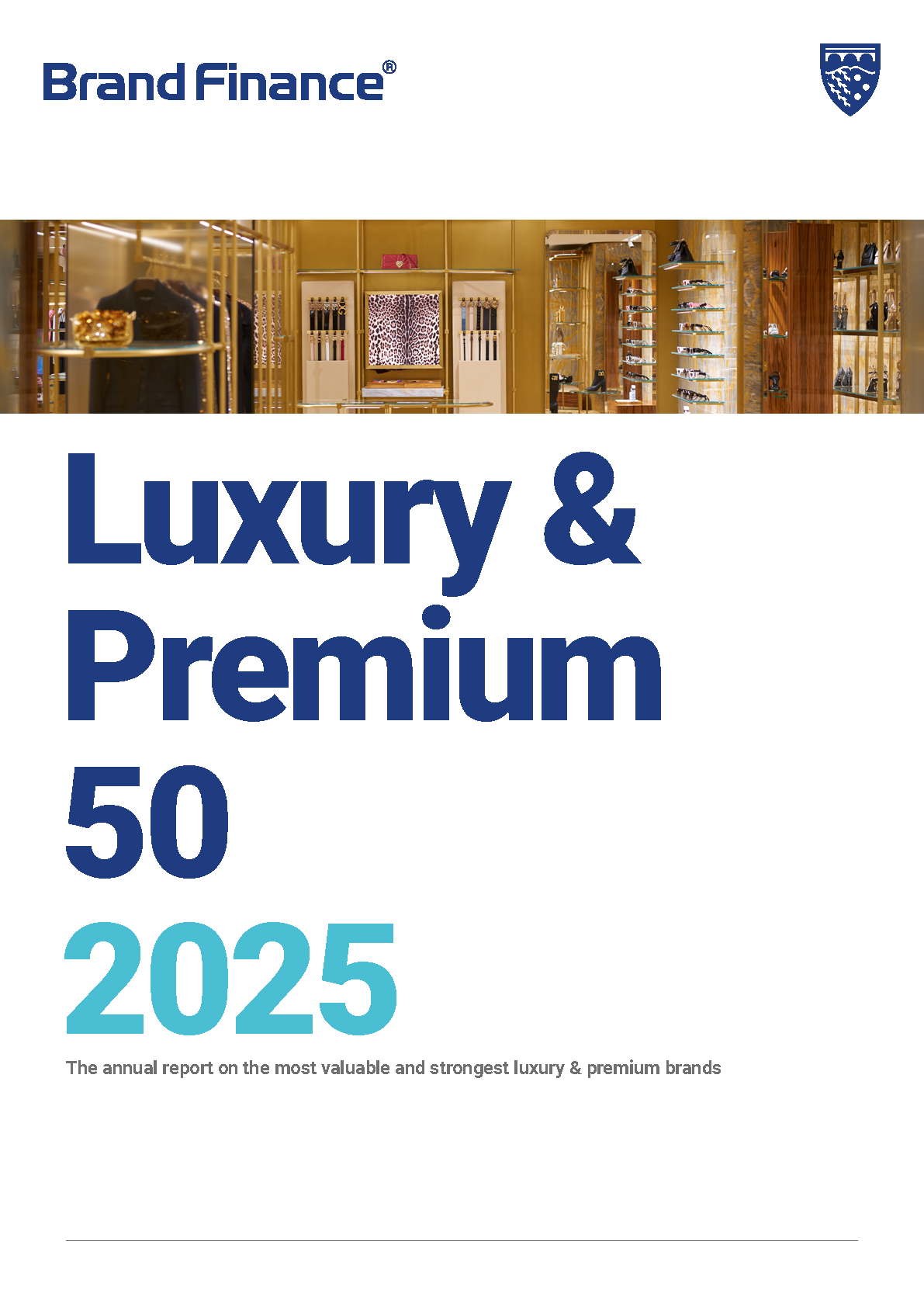This article was originally published in the Brand Finance Luxury & Premium 50 2025

Director
Brand Finance

Senior Analyst
Brand Finance
From polo and sailing to golf and tennis, luxury brand sponsorships consistently focus on elite disciplines. While it’s easy to assume these partnerships are based on prestige, Brand Finance data indicates that people with higher incomes exhibit specific behaviours that make certain sports a prime opportunity for brands that understand how to engage this in-demand audience.
First, it’s more difficult to connect with affluent individuals through traditional marketing and advertising because they exhibit lower ad recall. For example, Brand Finance data reveals that higher income individuals are 23% less likely to recall seeing advertisements for luxury automobiles, but they are 121% more likely to follow Formula E. This creates a salient opportunity for brands to strategically position themselves to engage certain affluent consumers through the right sport sponsorship.
Brand Finance data shows higher income individuals are 78% more likely to follow golf and show increased engagement with sailing (59%) and tennis (29%). When applied to marketing strategies, this increased following translates into real brand uplift.

These strategic partnerships between luxury brands and elite sporting events offer more brand visibility than many other broader commercial sponsorships by creating greater connections between spectator and brand than stand-alone ads. They place the luxury brand within exclusive environments that mirror their own values, such as resilience, precision, and excellence.
Rolex’s long-standing partnership with Wimbledon as its official timekeeper began in 1978 and provides a clear example of a strategic, values-led alignment with an elite sports brand. According to Brand Finance data, in the last five years (2020 – 2025) since the tournament took a hit from cancellation due to the pandemic, Rolex’s brand value has more than doubled, increasing 138%.
While these partnerships offer brand equity, the benefits go beyond branding to financial results. Again, using Rolex as an example, the luxury watchmaker partners with high profile golf tournaments: the four men’s majors, the five women’s majors, and the leading tours.
Brand Finance data also shows that, among golf fans, Rolex notes a 36% increase in brand recognition and a 12% increase in preference. By contrast, brands like Tissot and Tag, which don't sponsor golf, see only an 11% increase in recognition and a 7% increase in preference among golf fans. These figures underscore the scale of Rolex’s investment, having entered an estimated USD192.95 million agreement with the PGA European Tour.
Ultimately, luxury and premium sports sponsorship goes beyond prestige. It serves as a strategic tool to engage hard-to-reach target audiences through the experiences that resonate the most.
To fully realise the grand growth and financial benefits of these partnerships, brands turn to more lifestyle-driven marketing techniques that align with the passions and aspirations of higher income individuals. World-renowned sporting events provide the stage for that strategy, creating brand equity and affinity and tangible financial results, while bridging the gap where conventional marketing falls short.


